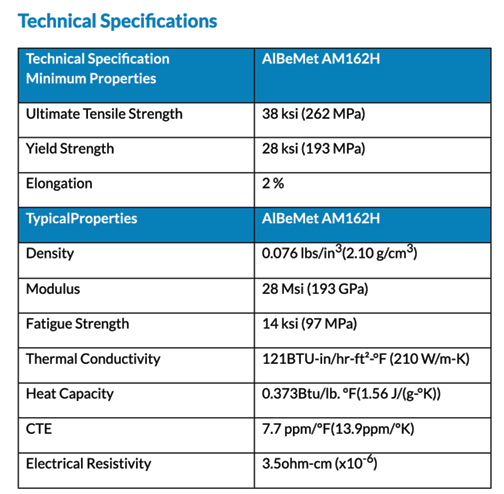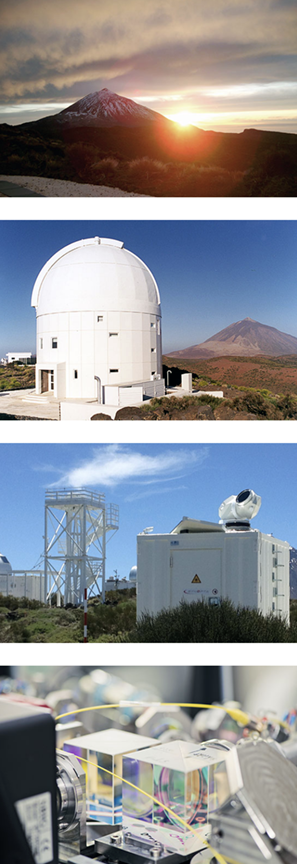

Materion and Synopta GmbH have successfully completed their latest satellite components as part of the Copernicus Earth observation project — an initiative that monitors the changing conditions and general heath of the planet.
Materion provided the advanced materials used in the optical communication system on board the satellites, including the most recent spacecraft that launched in August of 2019.

Copernicus, a European Union program, provides timely and accessible information about global temperature changes, atmospheric pollution, deforestation, urbanization and more by sending high resolution pictures to Earth via a high-speed data transmission system.


Synopta develops and produces Optical Ground Stations for laser communications with satellites in various Earth orbits (GEO, MEO, LEO) or to planets.
Synopta GmbH was tasked with developing elements of a reliable, high-speed optical data transmission system for the program’s Sentinel and the European Data Relay System (EDRS) satellites. Synopta selected Materion’s AlBeMet® (tech specs above) and SupremEX® metal matrix composites for use in critical parts of the satellites’ Laser Communication Terminal.
In August of 2019, the latest Copernicus project satellite, EDRS-C, was successfully launched with components made of Materion metal matrix composites on board. This most recent satellite will contribute to the almost-live transmission of data to Earth, enabling faster response times to emergency situations.
In addition to this project, AlBeMet and SupremEX materials have been used successfully in space applications for more than 60 years, due to their unique properties that include high strength and stiffness, corrosion and wear resistance and high tensile strength at elevated temperatures.
Jens Kunde, GM, Synopta, noted low mass and high stiffness were priorities and these composites offered both of those requirements.

